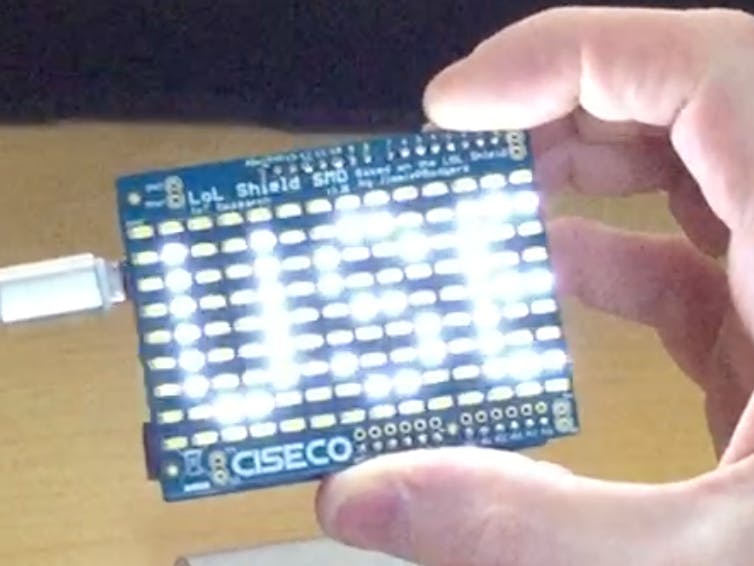Chrome 61, released in October 2017, supports WebUSB. The idea is simple. You connect an USB device, a popup appears and clicking it will open a website. On this site, you can change settings on the USB device, download data etcetera. It works on every operating system, there's no local software to install and it's always up to date.
Google provides instructions to build you own WebUSB device with an Arduino Leonardo. Not all Arduino's (the UNO) support WebUSB. See the list of supported Arduino's for WebUSB support.
On this same page you can read how to change an Arduino IDE source file to make it support USB 2.1.
For more information, you can read this article about WebUSB on the Google Developer website.
So how do you build this yourself?You need an Arduino Leonardo, a LOL shield and the Arduino IDE.
Change the Arduino IDE source file to support USB 2.1, as described above and upload webusb-lol.ino to the Arduino Leonardo. Make sure the right Arduino libraries are installed: WebUSB, EEPROM and LoLShield.
Getting a LoL shield might be harder than you might expect. If you can't find it in your usual shops, you can find do it yourself kits at eBay and Ali Express.






Comments
Please log in or sign up to comment.